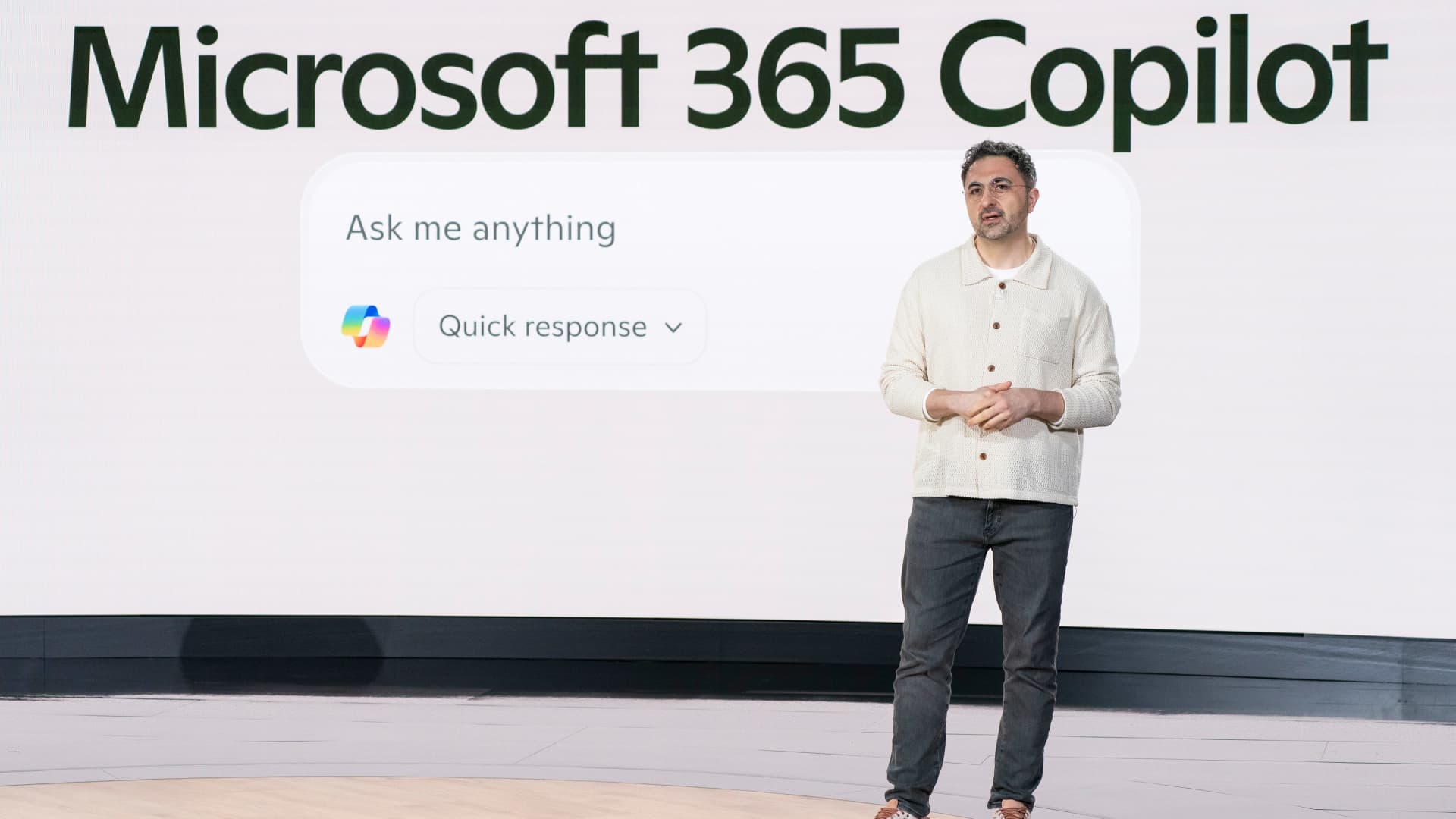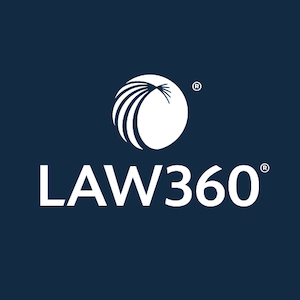AI Leader at Microsoft Highlights Advantages of Using Outdated AI Models

Microsoft’s AI Strategy: A Balanced Approach to Innovation
The Relationship with Nvidia and AI Development
Microsoft possesses a significant number of Nvidia graphics processing units (GPUs), which are crucial for AI model development. However, the company has chosen not to use these resources for creating cutting-edge AI models right away. Mustafa Suleyman, the CEO of AI at Microsoft, explained in a recent interview that waiting to develop models until they are “three or six months behind” has several advantages. This cautious strategy allows Microsoft to lower costs and focus on specific practical applications instead of chasing the latest trends.
Cost-Effectiveness of a Timely Approach
Suleyman emphasized the financial benefits of waiting to develop AI models. He referred to this approach as "off-frontier" strategy. By waiting, Microsoft can create solutions that are cheaper and more targeted. This method enables the company to provide effective responses without the need for expensive and advanced development that necessitates pioneering technologies. Suleyman states, "It’s cheaper to give a specific answer once you’ve waited for the first three or six months for the frontier to go first."
Microsoft’s Network and Partnerships
To enhance its AI capabilities, Microsoft relies heavily on partnerships with other companies. A notable collaborator is OpenAI, a startup based in San Francisco, which supplies Microsoft with its AI models. Additionally, CoreWeave, a computing power provider located in New Jersey, supports Microsoft’s infrastructure needs. These relationships have allowed Microsoft to integrate advanced language processing and image generation features into products like Bing and Windows.
Copilot’s Enhanced Features
Microsoft is continuously improving its AI offerings. For instance, the Microsoft Copilot tool is being updated with "memory" features that will allow it to retain essential information about frequent users. This capability mirrors a feature introduced in OpenAI’s ChatGPT, which currently serves around 500 million users weekly.
The Competitive Landscape
The competitive nature of the AI sector is highlighted by the strong ties and recent tensions between Microsoft and OpenAI. Since the launch of ChatGPT in late 2022, Microsoft has made extensive investments, amounting to $13.75 billion in OpenAI. However, in July 2024, Microsoft began to categorize OpenAI as one of its competitors. This shift was underscored when OpenAI announced collaborations with Oracle for the $500 billion Stargate project, marking a departure from its exclusive partnership with Microsoft’s Azure cloud service. Despite this, Microsoft noted that OpenAI had made new commitments to Azure, indicating that their partnership is still crucial.
Future Goals for AI at Microsoft
Suleyman articulated the long-term vision for Microsoft regarding AI development. He acknowledged the need for the company to work towards self-sufficient AI capabilities. While Microsoft aims to build AI internally, it is not prioritizing having the most advanced models immediately. Suleyman stated, "We have an incredibly strong AI team, huge amounts of compute, and it’s very important to us that, you know, maybe we don’t develop the absolute frontier, the best model in the world first." This perspective reflects a belief in the importance of practical and sustainable AI growth as opposed to costly and unnecessary competition.
Conclusion
Overall, Microsoft’s strategic direction under Suleyman showcases a thoughtful balance between innovation and practicality in the AI landscape. By leveraging partnerships and focusing on targeted development, the company is navigating the complex and rapidly evolving world of artificial intelligence.






